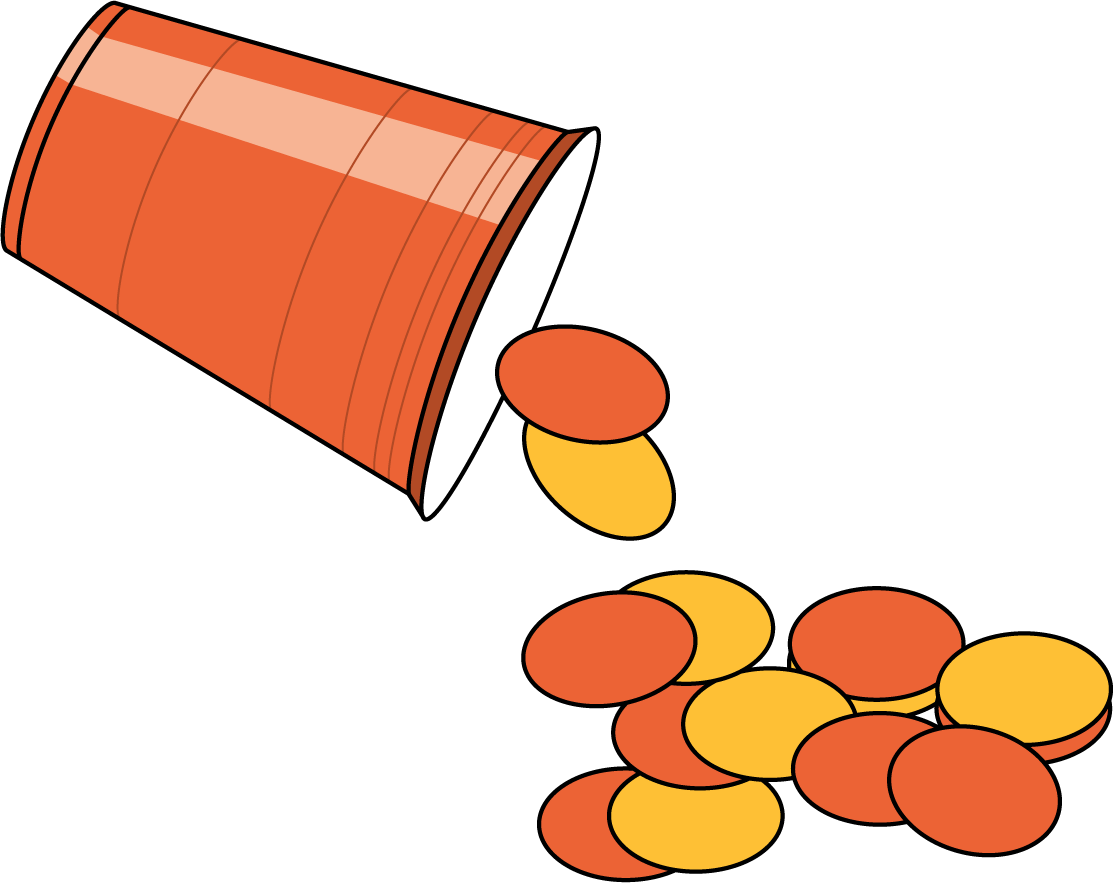Lesson 3
Snap the Cubes
Warm-up: Notice and Wonder: Connecting Cube Towers (10 minutes)
Narrative
Launch
- Groups of 2
- Display the image or use connecting cubes.
- “What do you notice? What do you wonder?”
- 1 minute: quiet think time
Activity
- “Discuss your thinking with your partner.”
- 1 minute: partner discussion
- Share and record responses.
Student Facing
What do you notice?
What do you wonder?



Student Response
For access, consult one of our IM Certified Partners.
Activity Synthesis
- “What is the same about each set of cubes?” (They each have 6 connecting cubes.)
Activity 1: Introduce What’s Behind My Back, Show 2 Parts (10 minutes)
Narrative
The purpose of this activity is for students to learn stage 1 of the What’s Behind My Back center. Students find multiple decompositions of a number. Students snap a tower of connecting cubes into 2 parts and record each decomposition with a drawing and an expression. It may be helpful to give each group of students a single color of connecting cubes so the color of the cubes doesn’t distract students from identifying the two parts. In future stages of this center students hide cubes behind their back after snapping a tower. If needed, you can choose not to use the name What’s Behind My Back when playing this stage or let students know they will do that in future stages of this center.
The recording sheet is printed in the student book for this activity. There is a blackline master available for students to use during centers in future activities and lessons.
When students write an expression to match the connecting cubes, they reason abstractly and quantitatively (MP2).
Advances: Speaking, Conversing, Representing
Required Materials
Materials to Gather
Materials to Copy
- What's Behind My Back Stage 1 Recording Sheet
Required Preparation
- Each group of 2 needs 8 connecting cubes of the same color.
Launch
- Groups of 2
- Give each group of students at least 8 connecting cubes and access to 2 different color crayons.
- “We are going to learn a center called What’s Behind My Back?”
- Display a cube tower with 8 cubes.
- “Start with a tower of 8 cubes. One partner breaks the tower into 2 parts.”
- Demonstrate breaking the tower into 2 parts.
- “The other partner describes what happened to the tower. Tell your partner what happened to my tower.” (You broke your tower into a group of 5 and a group of 3.)
- 30 seconds: partner discussion
- Share responses.
- “Both partners record the two parts with a drawing and an expression.”
- Demonstrate completing the recording sheet with a drawing and an expression.
- “Then put your tower back together, and play again. Take turns snapping the tower of 8 cubes into 2 parts.”
Activity
- 5 minutes: partner work time
Student Facing
8 cubes
 expression: _________________________ |
 expression: _________________________ |
 expression: _________________________ |
 expression: _________________________ |
8 cubes
 expression: _________________________ |
 expression: _________________________ |
 expression: _________________________ |
 expression: _________________________ |
 expression: _________________________ |
Student Response
For access, consult one of our IM Certified Partners.
Advancing Student Thinking
- “Are there any other ways that you can snap the tower into 2 parts?”
- “What if you snapped only 1 cube off of the tower?”
Activity Synthesis
- “What did you notice each time you snapped the tower?” (There were always 8 cubes. The 2 parts that we broke the tower into were different each time.)
- “What are the different ways that you and your partner found to break the tower of 8 cubes into 2 parts?”
- Display a tower of 2 and a tower of 6.
- “What expression can we write to represent the 2 parts of this tower?” (\(2 + 6\))
Activity 2: More Than One Way (10 minutes)
Narrative
The purpose of this activity is for students to decompose numbers in more than one way. This is the first time that students begin with written numbers rather than a group of objects. Students may use objects such as connecting cubes to represent each number and find different ways to decompose the number into two parts.
Supports accessibility for: Memory, Organization
Required Materials
Materials to Gather
Launch
- Groups of 2
- Give each group of students access to connecting cubes, pattern blocks, and two-color counters.
- “In previous activities, we have used math tools like connecting cubes and pattern blocks to show different ways to break apart numbers into 2 parts. Use your connecting cubes to show one way to break apart 5 into 2 parts.”
- 1 minute: independent work time
- “Now use the connecting cubes to show a different way to break apart 5 into 2 parts.”
- 1 minute: independent work time
- “Show more than 1 way to break apart each number into 2 parts. Show your thinking using objects, drawings, numbers, or words.”
Activity
- 4 minutes: independent work time
- “Share your work with your partner. Did you both show the same ways to break apart each number?”
- 2 minutes: partner discussion
Student Facing
| 4 |
|
9 |
| 6 |
|
7 |
|
5 |
|
8 |
Student Response
For access, consult one of our IM Certified Partners.
Activity Synthesis
- “Which tool(s) did you use to help you find different ways to break apart numbers into two parts? How did each tool help you?”
Activity 3: Centers: Choice Time (20 minutes)
Narrative
The purpose of this activity is for students to choose from activities that offer practice with addition and subtraction.
Students choose from any stage of previously introduced centers.
- What’s Behind My Back?
- Check It Off
- Find the Value of Expressions
- Bingo
- Shake and Spill
Required Materials
Materials to Gather
Required Preparation
- Gather materials from:
- What’s Behind My Back?, Stage 1
- Check It Off, Stage 1
- Find the Value of Expressions, Stage 1
- Bingo, Stages 1–3
- Shake and Spill, Stages 1–3
Launch
- “Today we are going to choose from centers we have already learned.”
- Display the center choices in the student book.
- “Think about what you would like to do first.”
- 30 seconds: quiet think time
Activity
- Invite students to work at the center of their choice.
- 8 minutes: center work time
- “Choose what you would like to do next.”
- 8 minutes: center work time
Student Facing
Choose a center.
What's Behind My Back?

Check it Off

Bingo

Find the Value of
Expressions

Shake and Spill

Activity Synthesis
- “Tell your partner one thing you noticed about how they worked in centers today.”
Lesson Synthesis
Lesson Synthesis
Display a tower of 7 connecting cubes or draw an image of one:

“Jada made a tower with 7 connecting cubes. What are 2 ways that she could break the tower into 2 parts? How do you know?” (Sample response: She can break off 2 cubes. Then she would have 2 cubes and 5 cubes.)
Share and record responses. Record each student’s decomposition with an expression.
Cool-down: Break Apart 6 (5 minutes)
Cool-Down
For access, consult one of our IM Certified Partners.
Student Section Summary
Student Facing
In this section, we used objects to make and break apart numbers in different ways.

There are 8 pattern blocks.
There are 2 red trapezoids and 6 green triangles.

There are 8 pattern blocks.
There are 3 green triangles and 5 red trapezoids.
We wrote expressions to show different ways to make and break apart numbers.

There are 6 connecting cubes.
6 is \(4 + 2\).

There are 6 connecting cubes.
6 is \(1 + 5\).